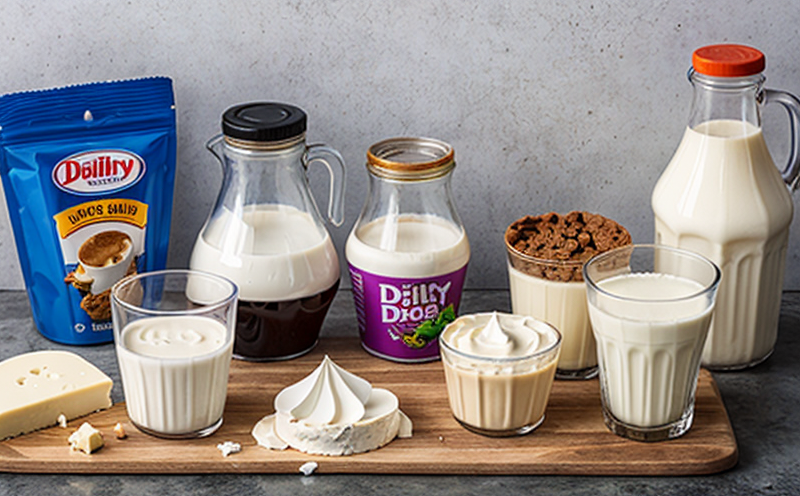ISO 1735 Fat Content Determination in Cheese
The ISO 1735 standard is a widely recognized method used to determine fat content in cheese. This procedure is essential for ensuring product quality, compliance with regulations, and maintaining brand integrity across the dairy industry. Quality managers, compliance officers, R&D engineers, and procurement teams rely on accurate fat content measurements to optimize production processes, ensure consistency, and meet market demands.
Accurate fat content analysis is crucial because it directly impacts cheese's sensory properties such as texture and flavor, which are key factors in consumer acceptance. Additionally, consistent fat content ensures that the product meets regional and international standards set by regulatory bodies like the European Commission or the U.S. Food and Drug Administration (FDA).
The ISO 1735 method employs a combination of acid hydrolysis followed by Soxhlet extraction to determine the total fat content in cheese samples. This process is particularly relevant for hard cheeses where fat distribution can vary significantly within the product. The first step involves treating the cheese sample with dilute sulfuric acid, which breaks down non-fat components like proteins and carbohydrates into water-soluble compounds.
The second step uses Soxhlet extraction to extract fats from the treated sample using a solvent. This method ensures that even small amounts of fat are accurately measured. The extracted fats are then quantified gravimetrically or by infrared spectroscopy, providing an accurate measurement of the total fat content in the cheese.
For hard cheeses like Parmesan or Cheddar, this process is particularly important as these cheeses can have a wide variation in fat content within individual slices due to aging and processing methods. Accurate measurements are necessary for quality control and ensuring that each batch meets the desired specifications set by the manufacturer.
The ISO 1735 method is not only used for determining total fat content but also helps in identifying any potential adulteration or contamination of the cheese sample with lower-fat ingredients, which can negatively impact product quality. This information is vital for R&D teams looking to innovate and improve existing products or develop new formulations.
In summary, ISO 1735 provides a robust framework for accurately measuring fat content in cheese, ensuring that manufacturers comply with regulations while delivering high-quality products that meet consumer expectations.
Scope and Methodology
| Step | Description |
|---|---|
| 1 | Treat the cheese sample with dilute sulfuric acid to break down non-fat components. |
| 2 | Extract fats from the treated sample using Soxhlet extraction with a solvent. |
| 3 | Quantify the extracted fats gravimetrically or by infrared spectroscopy. |
The ISO 1735 method is designed to provide accurate and reliable fat content measurements, which are essential for maintaining product quality and compliance with regulatory standards. This process involves treating cheese samples with sulfuric acid followed by Soxhlet extraction of the fats using a solvent. The extracted fats are then quantified gravimetrically or through infrared spectroscopy.
Customer Impact and Satisfaction
- Ensures product quality compliance with regional and international standards.
- Helps maintain brand integrity by delivering consistent products that meet consumer expectations.
- Supports R&D efforts in developing new formulations or improving existing products.
- Aids in identifying any potential adulteration or contamination of cheese samples, ensuring food safety.
Clients using our ISO 1735 service can expect to see improvements in product consistency and compliance with regulatory standards. This leads to enhanced brand reputation and customer satisfaction as they can be assured that their products meet the highest quality standards. Our services also support R&D teams by providing accurate data for new product development, ensuring that innovations are based on reliable scientific measurements.
Environmental and Sustainability Contributions
- The ISO 1735 method minimizes waste by accurately measuring the fat content in cheese samples, reducing unnecessary processing steps.
- By ensuring product quality through accurate measurements, this service helps prevent wastage at production facilities, thereby promoting more efficient use of resources.
Incorporating ISO 1735 into dairy operations contributes positively to environmental sustainability by minimizing waste and optimizing resource use. Accurate fat content determination ensures that only the necessary amount of ingredients are used in production processes, reducing inefficiencies and potential environmental impacts associated with over-processing or underutilization of resources.





